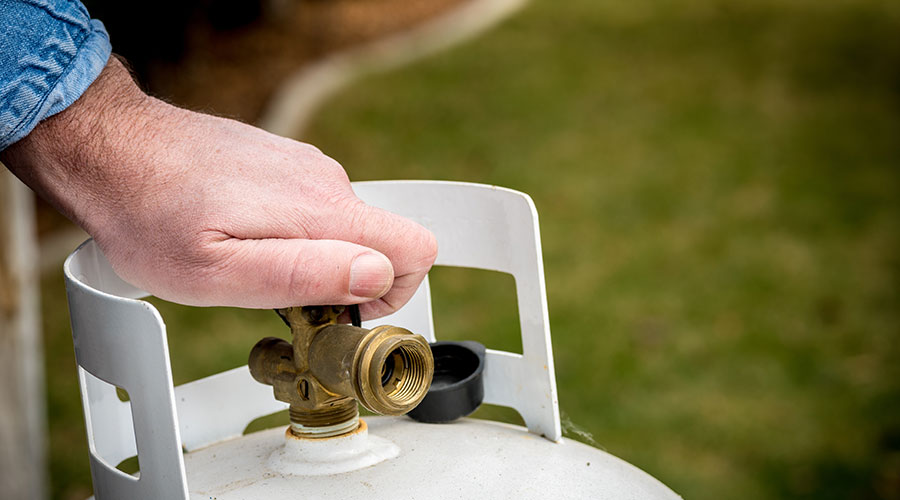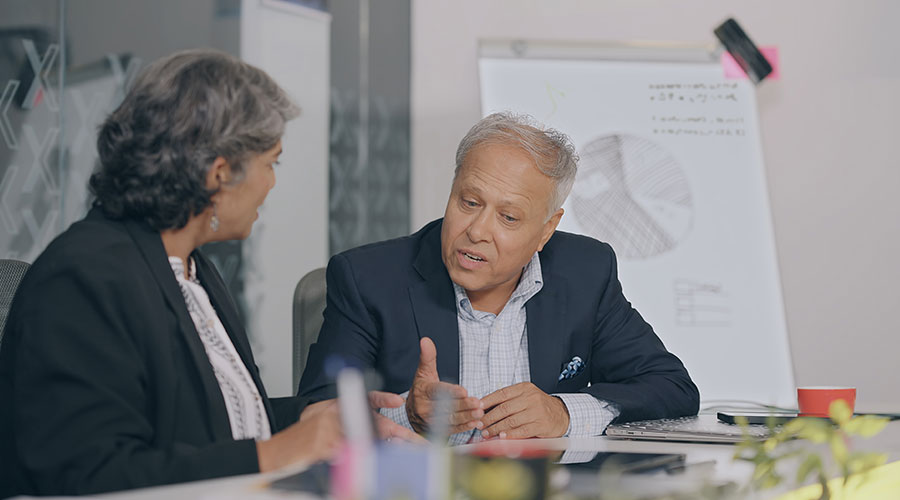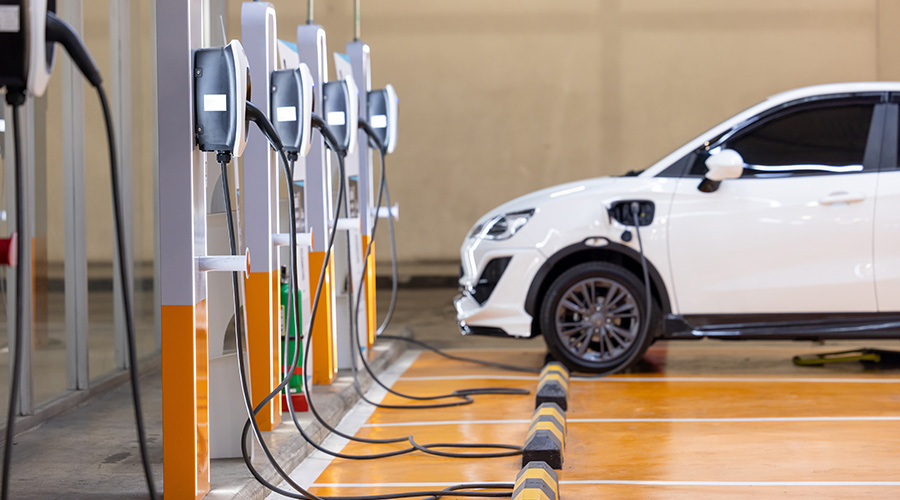Women Leading the Next Evolution in Facilities Management
Women bring a different leadership style to facilities management.
By Maria Ruiz, Contributing Writer
Evolving seems to be a resounding theme as a woman in facilities management. People say you wear many hats, that it’s multifaceted, multi-tasking, multi-dimensional and somehow, we as women, juggle it all. And not only in the office, but at home, in our communities and in daily interactions as well.
I feel like I evolve with this industry every single day. The constant navigation of competing priorities, stakeholder expectations, global changes and daily operations puts the mind, the soul and the universe in a whirlwind, but as the eye of the storm, women remain calm and execute. The industry’s most pressing challenges require exactly the skills that women have been developing both professionally and personally for decades.
The evolution is in how women must stop proving themselves and just nurture, apply and leave a legacy of their systems and critical thinking talents and abilities. Demonstrating and implementing their critical thinking, detail oriented mindset, confidence and skill competencies and most importantly believing in oneself is essential to this evolution.
Women are leading in facilities management in so many ways. One example is a current trend defining our industry in the next few decades: sustainability initiatives. I developed a program working closely and in contract with a green vendor decommissioning our offices in a sustainable way for the long term. I realized how in the past when we acquire real estate we only worry about the acquisition and the long-term cost of disposal is only discussed toward the end and so much time and energy wasted. By implementing a site wide sustainability program it becomes a policy shift. This allows our organization to reuse, replace and repurpose instead of sending it to landfills or underutilizing it. However, it’s also the way we consume and buy that has been evolving. Women can navigate costs by intuitively making strategic purchases and not store or over order unnecessarily.
Moving the needle in this evolution is also in the style of collaboration that women use. Another example is smart building integrations that require and even demand collaborative leadership that brings IT, operations, and the end-user together. I currently have an outdated pantry area holding IT network cables and as we refresh this office I have enlisted a structured cable management vendor to help me build an assessment to show IT that we must come together to ensure that our network infrastructure and where it’s housed is properly updated and maintained. This requires delicate buy-in and data as well, as physical walkthroughs, involving all relevant parties at the beginning of the project.
These aren’t just business challenges, but ways that women in leadership bring different and unique styles from life and professional experiences. This creates momentum and interest in the evolution while baking in a distinct advantage in the industry as a women in facilities. When I implemented our multi-location sustainability program, success did not come from top-down mandates but from understanding each site’s unique needs. I spent time with the people, understanding their buildings and stakeholders, building consensus among the different stakeholders. This is a strength that runs through our veins as women leaders. As a systems thinker one tends to focus on the long-term relationships that so many times save you in a bind, critique you when needed or just support and advocate for a project or funding needs.
The evolution is also apparent and highlighted in the way that women represent such a large portion of new hires in facilities management and earning facilities related degrees and certifications. Therefore, women are coming to the table with both natural and intuitive talents, advanced skills and credentials representing a fundamental shift in who is entering the pipeline and bringing very new perspectives to age-old challenges.
I believe the real evolution is when women in facilities management stop apologizing for approaching problems differently and start leveraging all our unique strengths. Recently, during a quick physical observation I used my lean six sigma analysis by using the “five whys” –a series of why questions, five times–in a team huddle to get down to the root cause with my team. This not only reduces waste but instills a foundational continuous improvement mindset that keeps helping me optimize everything from family schedules to facility operations.
Not only are we participating in this industry’s evolution. We are leading it. And the facilities of tomorrow will be better managed, more sustainable, and way more responsive to human needs because women helped design that future. I also believe that the question isn’t whether women belong in facilities management–it’s how determined and willing can the industry adapt to leverage everything we bring to the table and the board rooms.
Maria Ruiz is a Facilities Operations Manager at UNICEF USA with 15+ years of cross-sector expertise. Overseeing multiple national offices, she applies Lean Six Sigma methodologies to create sustainable, efficient workspaces supporting humanitarian missions. Her writing champions women in facilities management by blending technical knowledge with practical insights that empower professionals in this traditionally male-dominated field. Committed to work-life balance, Maria recharges by training in Brazilian Jiu-Jitsu with her son—finding that the discipline and focus required on the mat enhances her leadership approach in facilities management.
Related Topics:












